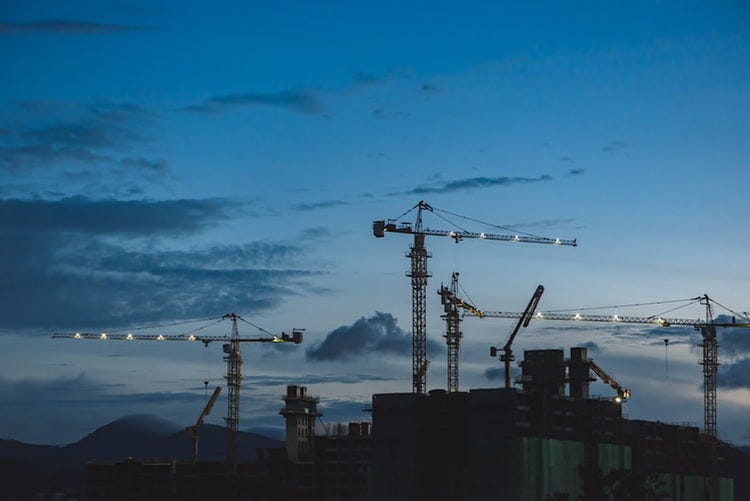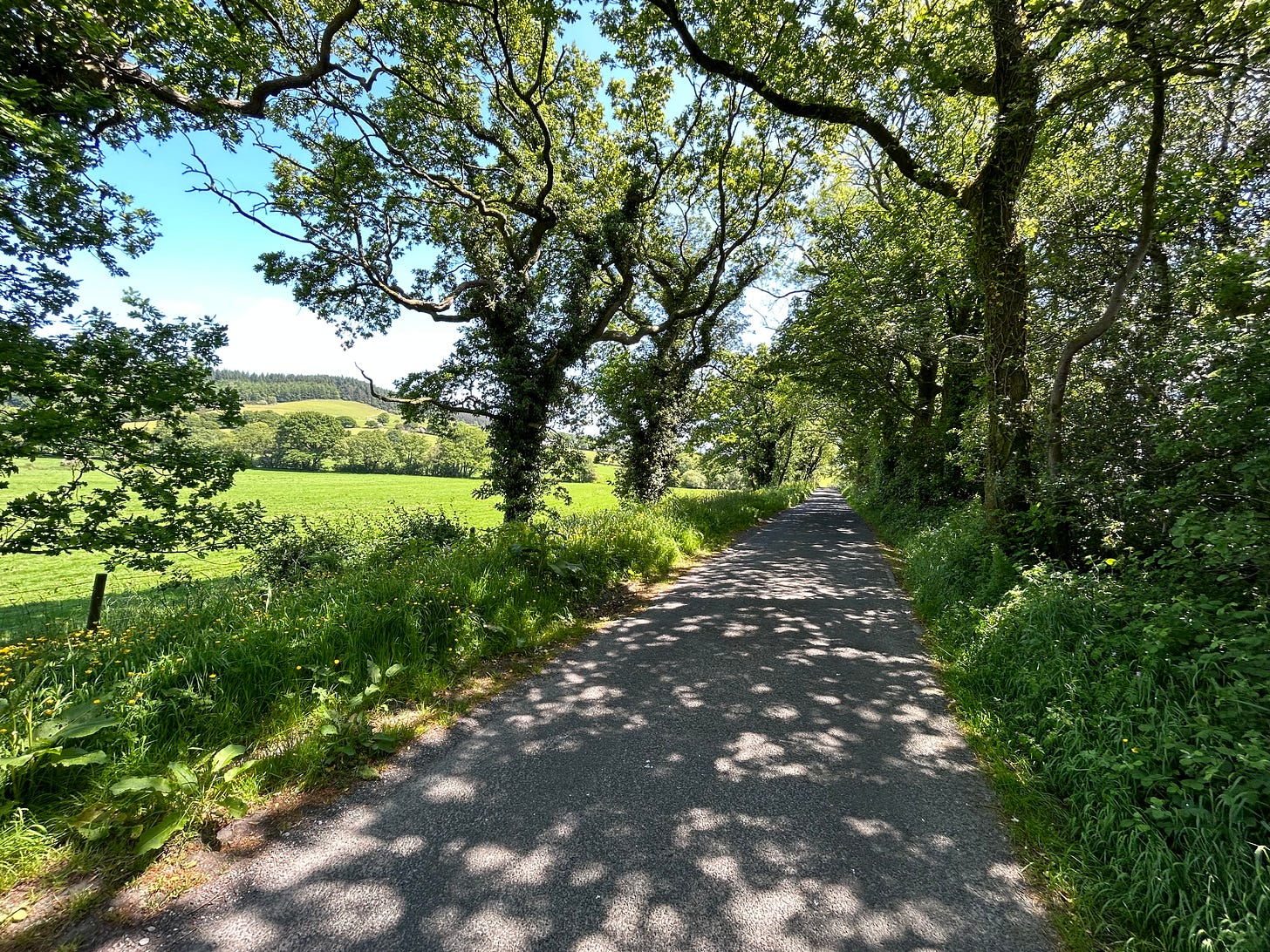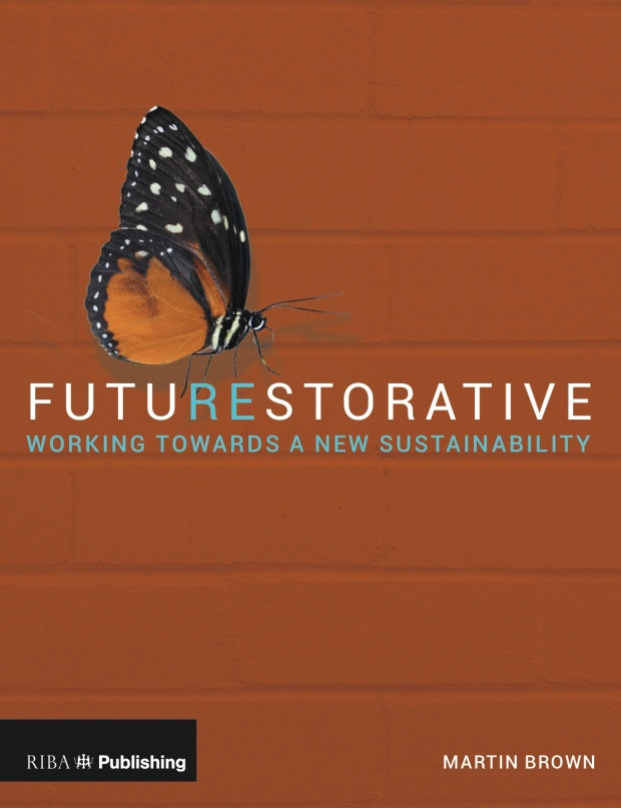Welcome to Regen Notes.
It was encouraging to see Northgate use an ARRO carbon pyramid at the Echelon AMIP event in London and reminded me of the carbon hierarchy developed back in 2016 for FutuREstorative. To Avoid, Reduce, Replace and Offset. I gave it the name ARRO (It seemed somehow fitting as also the name of the cycling jacket I had just purchased)
… the orientation of the pyramid is important, and determined after much consideration. It is carbon avoidance is the foundation that underpins carbon activities, not offsetting.
I have blogged about ARRO on many occasions, and introduced to many organisations, construction and academic projects, including the RESTORE Cost Action (see footnote1) . I have reposted one of my earlier blog post, originally from 2020 below)
Whilst the ‘O’ then referred to offset, it has always been something I had an uneasy relationship with, mostly from my belief that any carbon reduction approach MUST be sure to remove carbon from the atmosphere, not to pay others to do that for us. Or to pay others not to do something bad for the planet - even though they may not have intentions in that direction anyway. There is a big degree of personal or corporate responsibility here. (see The inconvenient truth about the carbon offset industry post written in 2007) And of course, in 2023 the offsetting business has been further proven to be flaky and not so effective at removing CO2.
Going beyond carbon neutralisation
I now use the ‘O’ to refer to ONSET as a more regenerative approach, going beyond just neutralising carbon.
It's about thinking differently, asking different questions, and co-creating …
Onsetting is to reduce CO2 as close to the source as possible - ie on-site. To use the volume and £ equivalent of hard-to-reduce CO2 to undertake other regenerative carbon-related activities. For example, this could be through insulation upgrades outside the scope of the contract when working on schools, homes or public buildings, through climate-carbon literacy for community groups that will encourage others to take reduction actions, or indeed to support community groups on carbon actions.
Our Longridge Environment Group have initaited many greening high street pop-ups and like many community groups have a planting trees programme. We are currently planning to create more mini forests along the Mayawiki style. All of which will sequester carbon and for which we welcome local businesses to use their carbon onsite budget to support. (Looking at you, house builders).
Unfortunately or perhaps fortunately there are no credits or certificates that could be given for this approach, but the experience, stories credibility and relationships through being active in carbon onsetting - versus simply paying the cheque for someone else to do it - speak volumes. And are great activities for staff involvement as a meaningful CSR activity.
In Regeneration, Paul Hawken uses the term onsetting and explains the key regenerative difference with offsetting
Carbon credits that individuals and companies purchase to “neutralize” their greenhouse gas emissions are called offsets. A credit represents one metric ton of emissions and can be bought or sold for an equivalent (1:1) reduction by a high-quality and verified activity that removes greenhouse gases from the air or avoids their production (see Offsets Nexus). Onsets go beyond neutralization, removing double, triple, or more amounts of greenhouse gases. The money is thus paid forward to a verified project that draws down additional emissions while also restoring land and improving people’s lives—also metrics of success.
If hundreds of individuals and companies proactively purchased onsets, we would see measurable reductions in atmospheric carbon dioxide, more food security, more secure cultural integrity, improved gender equity, and greater climate resilience.
The following blog post was written in January 2020 …
… the direction of the pyramid is important, and determined after much consideration. It is carbon avoidance that underpins or carbon activities, not offsetting.
A Carbon Hierarchy for (Net) Zero Carbon Construction

Writing in FutuREstorative back in 2016, I looked at what a construction project would look like in response to the Living Building Challenge‘s
“what if every act of construction made the world a better place” …
Projects would be net positive in all aspects, on place, nature, water, health, even knowledge and of course carbon.
Construction projects would be carbon-positive: Strict carbon planning and management is key. Remaining carbon emissions after all carbon management improvements have been made are addressed with restorative offset programmes.
FutuREstorative drew on a Total Carbon Study from the Integral Group, DPR Construction and others that looked at the carbon profile through the life of a refurbishment project (DPR’s Construction San Francisco Office) and reported a number of key findings:
For new buildings, it is critical to focus on reducing embodied emissions;
For existing buildings we need to focus on reducing operating emissions.
The largest reductions came from the use of high-mass and energy- intensive materials.
Carbon and Construction carbons are not understood.
Lloyd Alter writing in Treehugger established Upfront Carbon as a key concept term in addressing the ‘Climate Emergency’. ‘Embodied carbon is not a difficult concept at all, it is just a misleading term … I have concluded that it should be Upfront Carbon Emissions, or UCE”. (By the way, Lloyds article Let’s rename “Embodied Carbon” to “Upfront Carbon Emissions” is a must read that also illustrates how twitter conversations, with Elrond Burrell, can lead to improved industry thinking)
ARRO: a project carbon hierarchy
To achieve a positive carbon project, focusing on the essential upfront carbons,. FutuREstorative proposed a robust carbon hierarchy approach. As the waste hierarchy of ‘recycle, reuse, dispose‘ has become part of our construction waste lexicon so ARRO – Avoid, Replace, Reduce and Offset -should become part of the carbon lexicon
Avoid: carbon through regenerative low carbon design, construction planning and sustainable facilities management …
Replace: high carbon techniques and activities with low carbon, regenerative solutions…
Reduce: seek to reduce carbon through local material and supplier procurement and a focus on construction travel and transport, carbon productivity and construction efficiency …
Offset emissions that cannot be managed out. But be aware you cannot offset the toxic greenhouse gas emissions eg NOX from use of diesel plant and transport.
It is worth noting that the RIBA 2030 Challenge calls for a reduction in embodied (upfront carbon) … rising incrementally from 50 in 2020 to 75% over the next decade before offsetting become acceptable
Asked recently at the end of a keynote zero carbon talk for three actions that we should be doing today, I responded with firstly to Take Back, secondly to Stop and thirdly to Think like a Tree. Admitedly, his was on the spot thinking, but based on a decade or so of engagement with sustainability thinkers, researchers, scientists, practitioners, it makes the basis for a good strategy
Take Back – On our watch , over the last 30 years , of urging sustainable construction, carbon in the atmosphere has increased from 320 to 415ppm. And we in the built environment are responsible for 40% of that increase. To get back to the science based safe target of 350 we need to be taking carbon out of the atmosphere. Therefore, the most responsible thing we can do is to design and construct buildings that are carbon sinks. Buildings that lock carbon away.
Stop – or at least severely reduce putting pollutants and carbon, into the atmosphere.
Think Like a Tree – carbon is an essential building block within nature. We need to rethink and understand carbon cycles, acknowledge that carbon is not the enemy. We need a better construction carbon and eco – literacy so we fully understand carbon as a natural currency cycle, evaluating carbon efficiency (carbon productivity) as we do financial efficiency.
Once we see carbon as a ‘currency’ then we can understand carbon productivity – how much value of building are we delivering for each unit of carbon emitted. This should become the KPI for projects, alongside or even replacing the measure of productivity in labour terms. It is one of the most simple of KPI’s., or could be, construction cost divided by upfront carbon. We tightly monitor and measure construction value, and we measure construction carbon, albeit unevenly.
In conclusion then …
An ABC for Zero Carbon Construction
Adopt a carbon strategy: of take back, of stopping emissions and of rethinking carbon as natural cycles,
Build robust carbon ARRO hierarchy strategies that Avoid, Reduce and Repair and Offset into every project
Carbon productivity monitored as a core KPI, with strong carbon leadership and literacy, that matches the level of focus we have on financial and safety performance within the industry.
Over 4 years, with more than 160 research and professional sustainability practitioners from over 40 countries we developed an impressive Body of Regenerative Knowledge that has been adopted and incorporated by many organisations including the New European Bauhaus - check out the publications - all free - here via Living Future Europe






